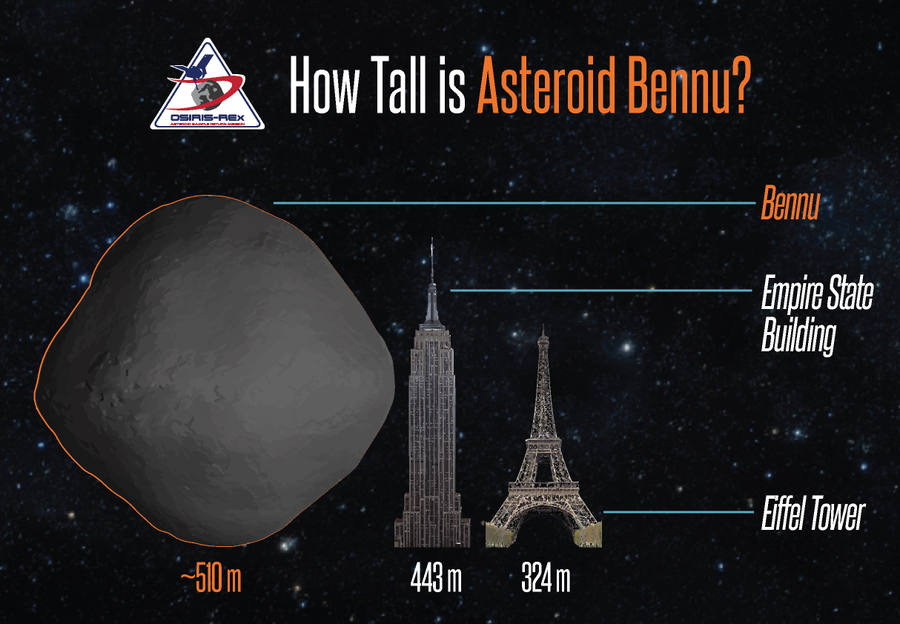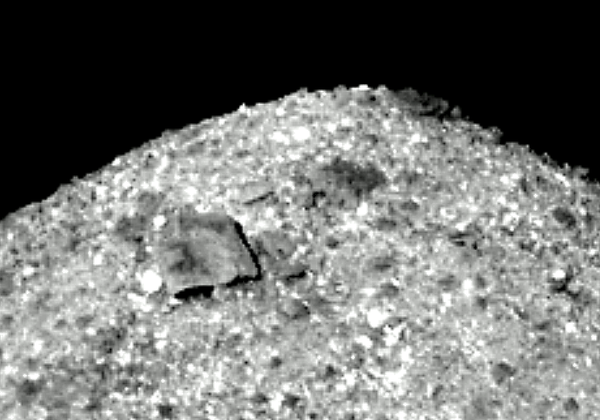This article was published in Scientific American’s former blog network and reflects the views of the author, not necessarily those of Scientific American
Whatever else it accomplishes, NASA's newly arrived asteroid mission should probably win a prize for the most tortuous and lengthy acronym in the solar system: The Origins, Spectral Interpretation, Resource Identification, Security-Regolith Explorer (OSIRIS-REx).
It's enough of a mouthful that the mission website feels obliged to explain why, when one of the principle investigators realized that they could spell out OSIRIS, it seemed so appropriate:
"The mythology of the Egyptian god Osiris loosely parallels the OSIRIS-REx mission. Osiris, in his original form, was believed to have spread an understanding of agriculture throughout the Nile Delta, hence bringing life to the ancient world. Likewise, OSIRIS-REx seeks to return samples of an asteroid that may contain organics that led to the origin of life on Earth. Osiris also had a dual role as the god of the Underworld, which mirrors the destruction that large asteroid impacts have created." (from the mission website, NASA and The University of Arizona Lunar and Planetary Laboratory).
On supporting science journalism
If you're enjoying this article, consider supporting our award-winning journalism by subscribing. By purchasing a subscription you are helping to ensure the future of impactful stories about the discoveries and ideas shaping our world today.
I have to admit, they definitely have a point.
Launched back in September 2016 the spacecraft has been wending its way out to the asteroid 101955 Bennu - whose orbit is just a little larger than Earth's around the Sun and is classed as a potentially hazardous object because its elliptical orbit actually crosses the Earth's. In fact there's a 1-in-2,700 estimated probability of us colliding with Bennu between 2175 and 2199, which actually makes it one of the more worrying hazards out there.
Bennu is about half a kilometer across, and here's a handy infographic to put that into perspective:

Credit: University of Arizona
OSIRIS-REx (armed to the teeth with instruments) is now about 19 kilometers from the asteroid's surface and will begin a lengthy process of surveying. By December 31st, with more maneuvering, the spacecraft will actually enter into an orbit (rather than the present co-heliocentric hovering) that takes it to about 1.25 kilometers altitude.
From there, starting in February 2019 OSIRIS-REx will make a global map, determining the best options for the crowning goal of the mission - to retrieve raw asteroid material and bring it back to Earth in 2023. The spacecraft will make a temporary touchdown to accomplish this, grabbing as much as 2 kilograms for transport back inside a sealed capsule capable of reentering Earth's atmosphere a few years later. Here's an image of that capsule taken in space during OSIRIS-REx's cruise stage, a checkout made 6 months into the mission back in March 2017.
.png?w=768)
Just like JAXA's Hayabusa-2 mission, this kind of asteroid exploration is pretty audacious. But it may also be a hint of what's to come, if any of the private efforts to exploit asteroid resources manage to make progress.
For now we get to enjoy the view - an object like Bennu is not massive enough to pull itself into more of a sphere. Instead its rotation, or angular momentum, causes material to try to spread into a disk - rather a poor one. But the real beauty of this lumpy object is in its composition and history, providing an extraordinary view into the deepest history of our solar system and our own origins.
Here, from a distance of about 80 kilometers is a still from a four hour timelapse of the ancient Bennu - a piece of rubbly cosmic history being looked upon by our own OSIRIS-REx.
.gif)
